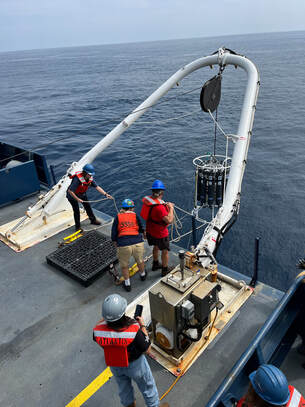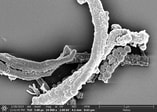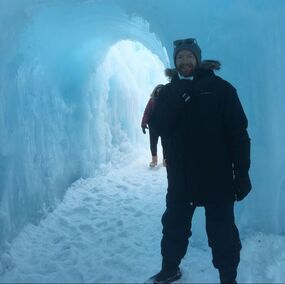Human implications of contaminant cycling in urban soils

Human connection to soil and plants is important, no less in cities than in rural and so-called wilderness areas. But in cities and other areas with industrial legacies this contact can inadvertently expose people to harmful chemicals. We work to keep increase people’s safety while they grow food, relax and play outside. We determine how toxic chemicals are, how they behave in soil, and how they are taken up into plants and people. We collaborate with community groups to bring science to support their priorities, develop accessible, sustainable soil remediation solutions, and work with agencies to develop guidance on how people can grow healthy food more safely.
Characterizing ocean nanoparticles that export iron from seafloor to surface

Iron (Fe), a required micronutrient for phytoplankton, limits carbon fixation in 1/3 of the global ocean. Recently, iron emitted from deep-sea hydrothermal vents was shown to reach surface waters. The physical, chemical, and biological processes leading to transport of hydrothermally derived iron to the photic zone have been investigated for few vents sites globally, remain poorly understood, and appear to depend on local conditions. To better understand the range of processes and conditions leading to export of iron from hydrothermal systems, we characterize iron speciation in hydrothermally derived particles from vent fields including the Juan de Fuca Ridge, the Southern East Pacific Rise, and the Rainbow Vent field (Mid Atlantic Ridge), using bulk and microprobe X-ray absorption spectroscopy and diffraction. This research helps constrain global iron cycle and carbon sequestration models.


